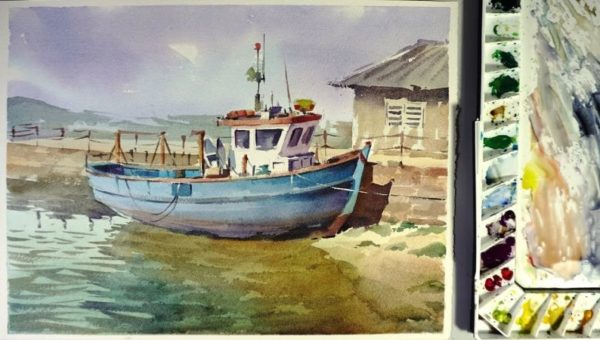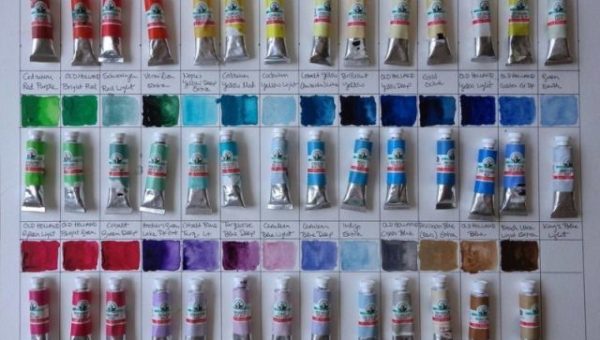
Watercolour paper: how to choose the right paper for use
There are many different types of watercolour paper. They differ in terms of form, quality, surface texture and weight. They all react in different ways to paint and to the various painting techniques. How can you determine which paper is the most suitable one for you? First of all, it can be helpful to understand the properties of the various types of paper and the differences between them. It can also be useful to experiment, so that you can see which variety is best suited to your particular style and to the subjects of your paintings. The paper on which you paint is just as important as the paint itself. Fortunately, there are lots of great types of watercolour paper on the market.
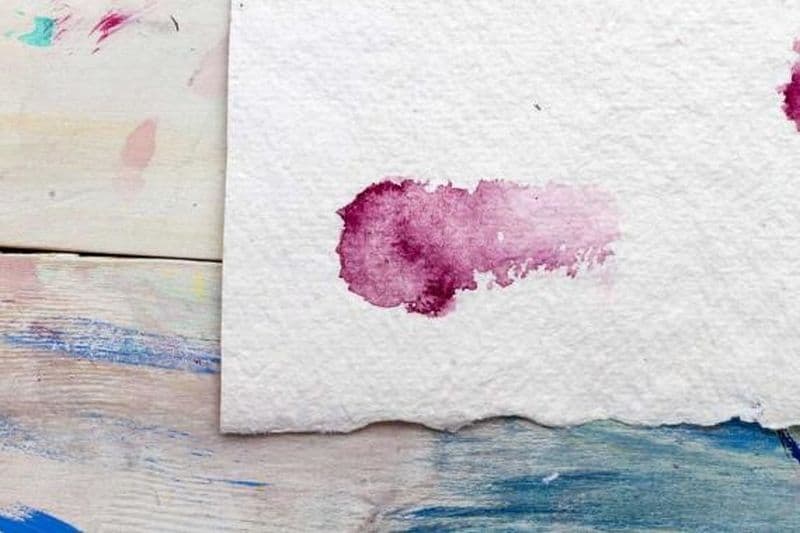
PRODUCTION METHOD
Watercolour paper is supplied in varying qualities, from amateur-grade right through to professional-grade. The paper we select will have a strong bearing on how the brush applies the paint, and what sort of brushstrokes it leaves behind. Watercolour paper can be manufactured by hand; with cylinder machines (known simply as mould machines, to distinguish them from mechanical production); or using an ordinary paper machine. Handmade papers have four edges, and the fibers are distributed randomly, making the paper fairly durable.
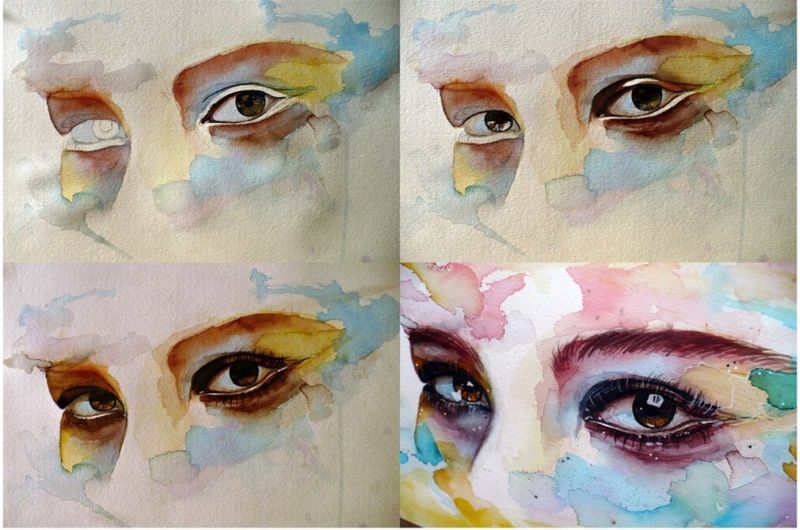
Mold-made papers have two edges, and again, the fibers are distributed in a more random way, making the paper durable, but not as strong as the handmade variety.
Machine-made paper is manufactured using a machine in a continuous process, and the fibers all point in the same direction. The edges of each page are cut by the machine, although some of them are cut manually in order to give the paper a more authentic look. Machine-made paper is considerably cheaper to manufacture and buy. Most of the watercolours by professional artists that come on the market are painted on mold-made paper, rather than machine-made paper.
All of the paper used to create high-quality artworks is acid-free, contains a neutral amount of hydrogen and is made of 100% cotton. This means that the paper will not start to yellow or deteriorate over time, unlike low-quality paper made of cellulose (wood pulp).
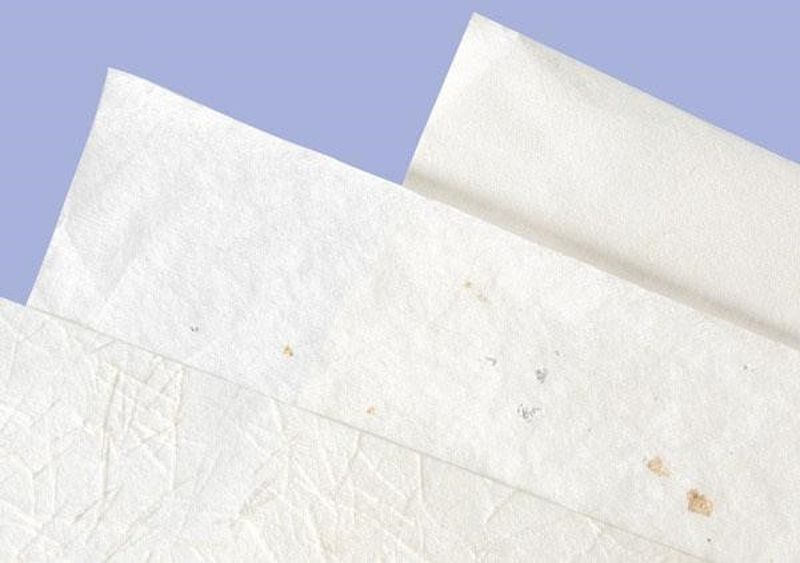
FORM
Handmade paper is usually sold in individual sheets. Paper made using a mold or a machine can be purchased in the form of individual sheets, packs, rolls or pads. The pads consist of sheets of watercolour paper that have been stretched, before being bound together along all four sides. Once you have finished painting, you have to use a spatula to remove the top sheet from the pad.
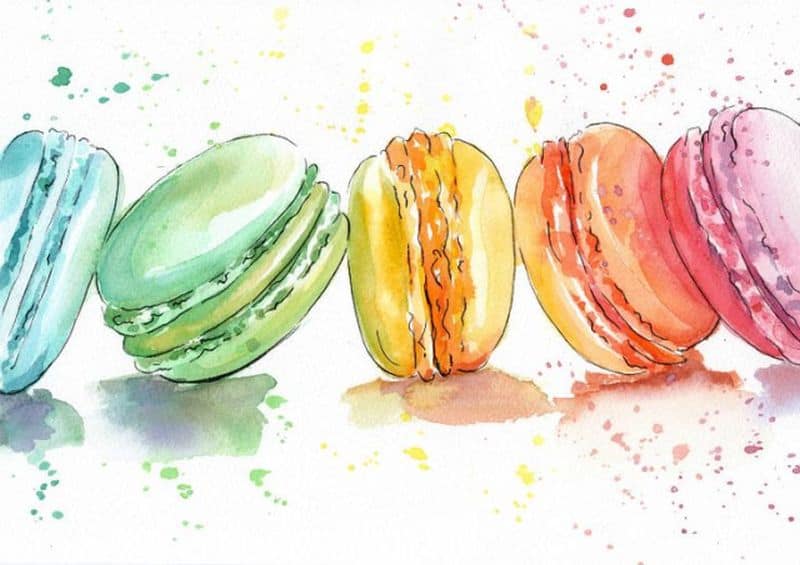
SURFACE
Mold-made and machine-made watercolour papers are produced in three different categories of surface: coarse, hot-pressed (HP) and cold-pressed (CP or NOT, i.e. ‘not hot-pressed’).
Coarse watercolour paper has a surface with a distinct, noticeable texture. This creates a grainy, dappled effect, because droplets of water collect in the little dimples in the paper. It can be quite difficult to control the brushstrokes when using this type of paper.
Hot-press watercolour paper has a smooth, fine-grained surface. Paint dries quickly on it. This makes it ideal when you are working with lots of colours. It is not so good when you want to apply several layers of paint, because the paper can quickly become too saturated.
This kind of paper is a great choice for painting, but also for ink drawings.
Cold-press watercolour paper has a surface that is slightly textured, somewhere between coarse and hot-press paper. It is the type of paper that watercolour painters usually use, because it is very good for painting both large expanses and tiny details.
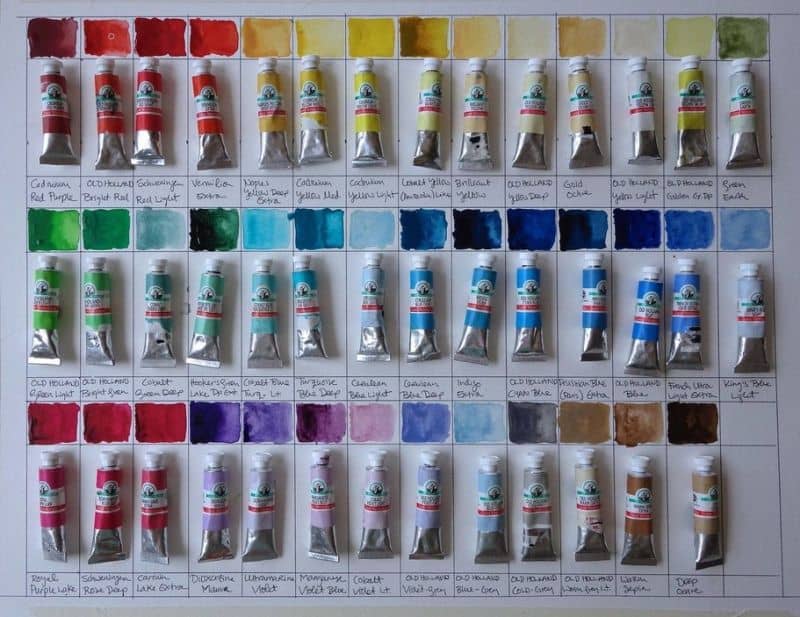
WEIGHT
The thickness of watercolour paper is indicated by its weight, measured either in grams per square meter (g /m2), or in pounds per a given length (pounds).
The standard weight categories in which machine-made paper can be purchased are 190 g/m2 (90 pounds), 300 g/m2 (140 pounds), 356 g/m2 (260 pounds) and 638 g/m2 (300 pounds). Paper that weighs less than 356 g/m2 (260 pounds) must be stretched prior to use, otherwise it will probably lose its shape.
A FEW TIPS
-Different manufacturers produce different kinds of paper, so it’s worth experimenting not just with different types of paper, but also with different brands.
-Watercolour paper is usually white, but it is also available in a range of cool and warm shades.
-Use acid paper for paintings that you intend to keep (for reduced yellowing, over time).




